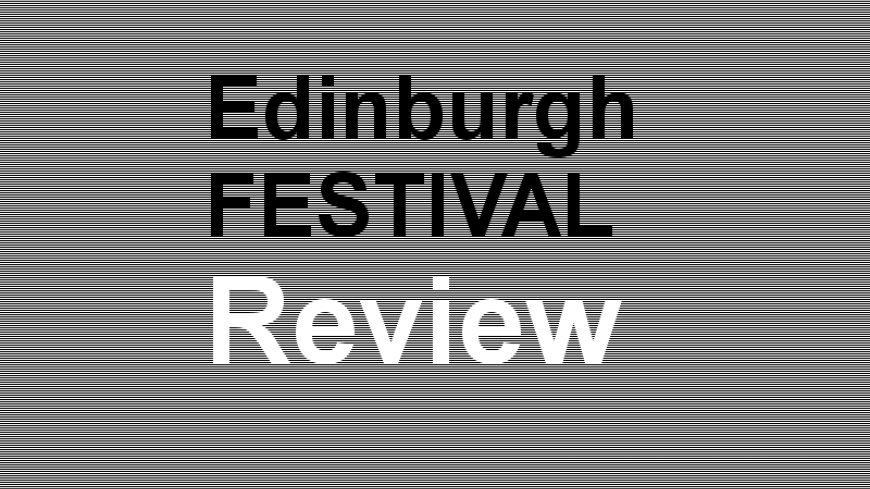
The sound of last night's exquisite performance of the Monteverdi Vespers 1610 (to use its common UK title) was dulled by the lack of resonance of the Usher Hall. This not the first time that the Hall's building has disappointed your reviewer by its poor response to Renaissance church music. If only the performance could have taken place in St Mary's Episcopal Cathedral, especially since … ; but he will come to that later.
La Capella Reial de Catalunya and Le Concert des Nations directed by Jordi Savall gave a brilliant account of this unique haunting work. Written for the Duke Vincenzo Gonzago in Mantua, where Monteverdi had risen to become the Court maestro della musica in 1601, the Mass and Vespers for the Blessed Virgin were intended for the Duke's private devotions. By 1610, however, Monteverdi was becoming dissatisfied with his post at Mantua, and was already looking out for employment somewhere else; in 1612 Duke Francesco, who had succeeded the late Duke Vincenzo, dismissed him from the court, and the following year Monteverdi was appointed maestro di capella at St Mark's, Venice. His late writings for Mantua must have been his showcase portfolio. This is explained in Tim Carter's helpful and informative programme note for this performance.
The music has the feel of a great church rather than of a small private chapel, and certainly not of a secular concert hall. The Psalms are sung by the choir and the principals, while the principals have the interspersed motets, the Introit and the curious but very appealing Sonata sopre 'Sancta Maria, ora pro nobis' in which to demonstrate their (and Monteverdi's) virtuosity. The closing Hymn 'Ave maria stella' and the following Magnificat are performed by the whole ensemble. It can be performed, very successfully, as a full oratorio, but last night's resources were those of a cathedral choir and orchestra.
Even with the choir divided into soloists and chorus, and the players into continuo and orchestra, this is piece for ensemble, with the soloists performing as members of the team rather than as divas, with Jordi Savall very firmly in control of the whole performance. This was his show. The lyric tenderness of the motets 'Nigra sum' and 'Pulchra es', drawn from the Song of Solomon, contrasted with the wit of the C16 anonymous motet 'Audi, coelum' in which off-stage echoes repeated the final syllables of each versicle as different words. The majesty of stanzas of 'Ave maris stella' were interspersed by small-scale interludes by continuo and sections of the orchestra, including an especially charming harp solo with continuo.
Encores to large set-piece works are often demanded but seldom granted. Last night was exceptional. From the platform (but without amplification, so that most of his words were lost to many of the audience), Jordi Savall introduced a surprise performance of Da Pacem Domine by Arvo Pärt, commissioned for the new Millennium.
Savall explained that the piece did not arrive and did not arrive, until the tragic day of 11 March 2004 and the Madrid bombings, when it arrived out of the blue on his fax machine. He explained that La Capella Reial de Catalunya and Le Concert des Nations had rehearsed the piece and had recorded it the previous evening in St Mary's Cathedral, Edinburgh, and would perform it for last night's audience. It is a sonorous, tragic piece, that contrasted but sat well with the Vespers, and it thrilled the audience.
Would that they could have heard it and the Vespers in the Cathedral! This was indeed an evening to remember.
© Bruce Haughan. 17 August 2007. First published on www.edinburghguide.com
Supported by The Consulate General of Spain, Edinburgh

